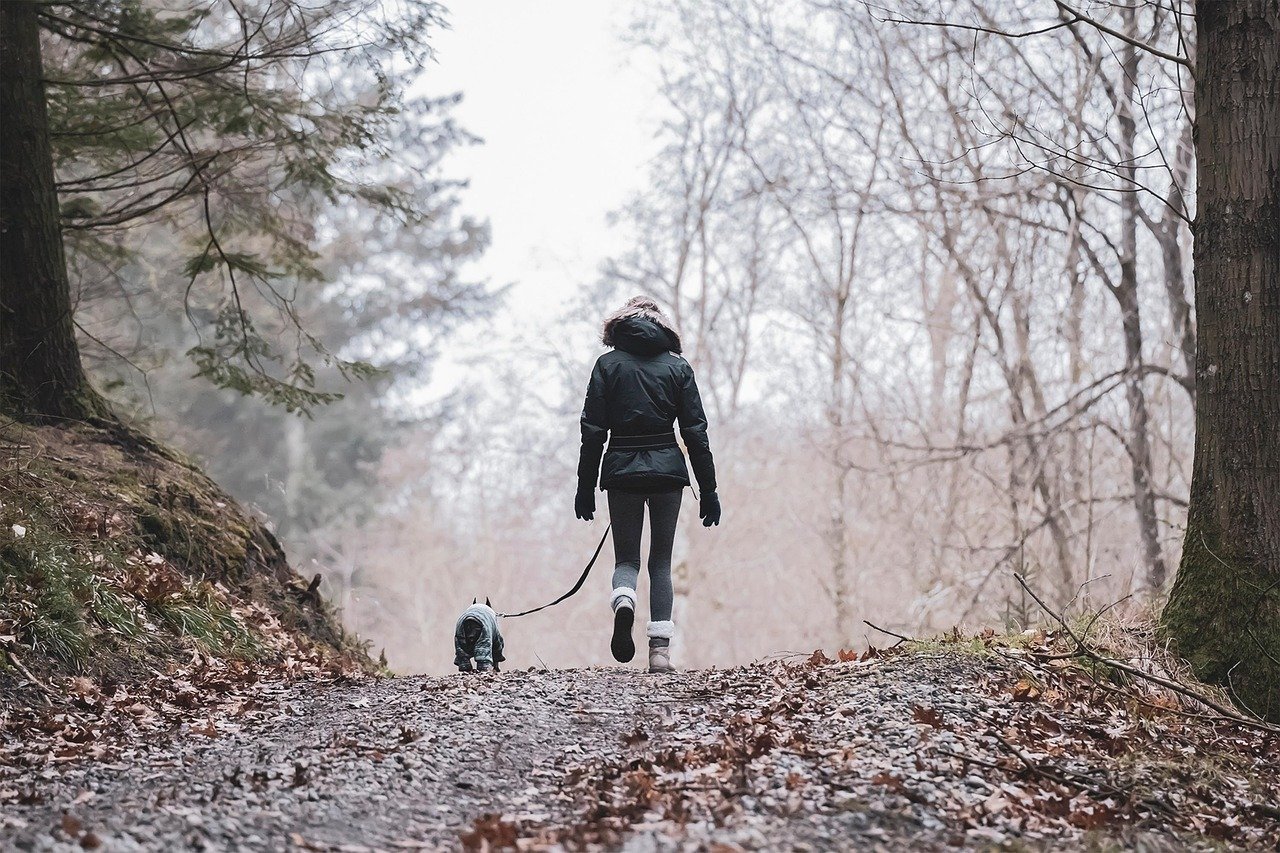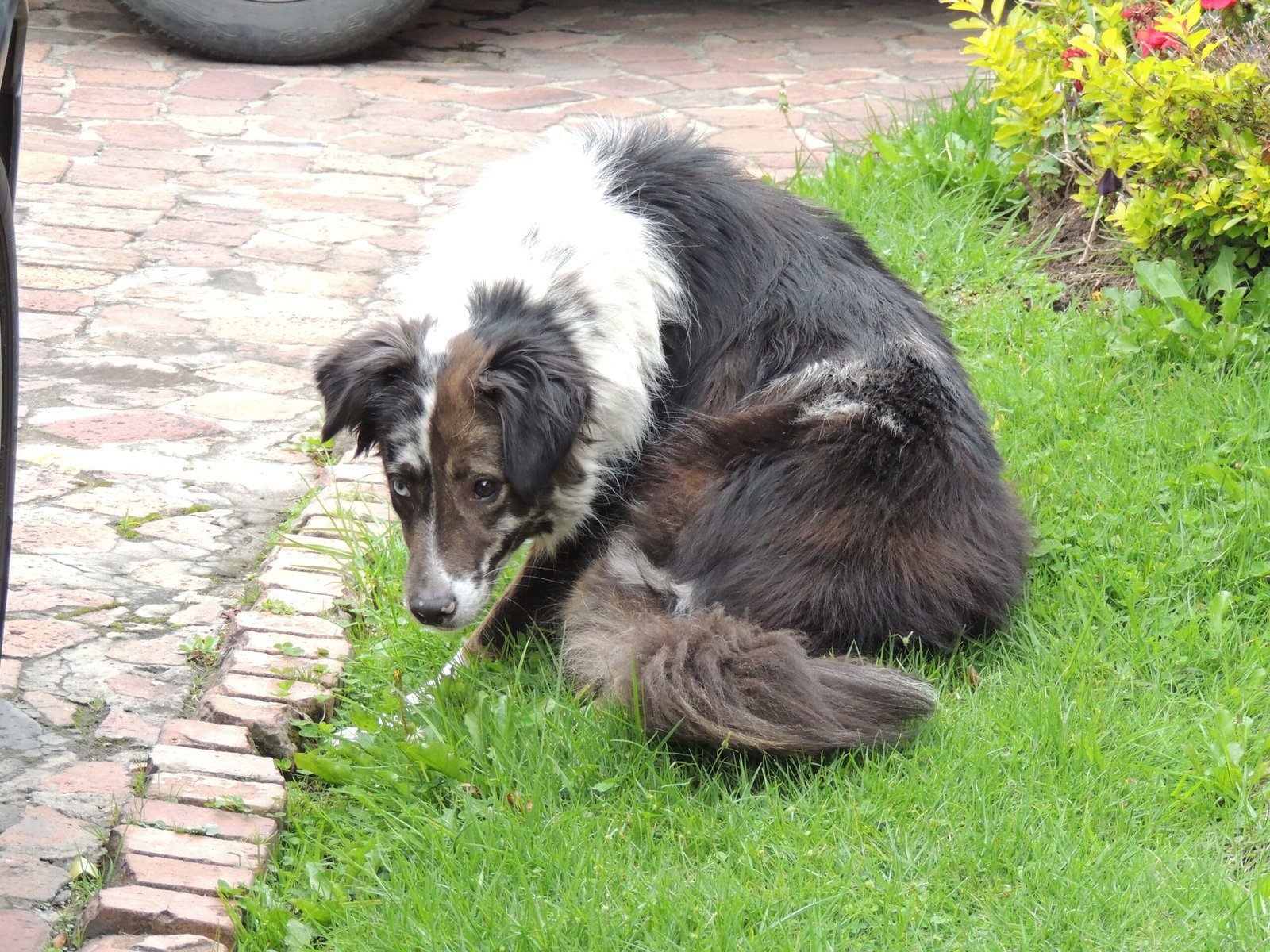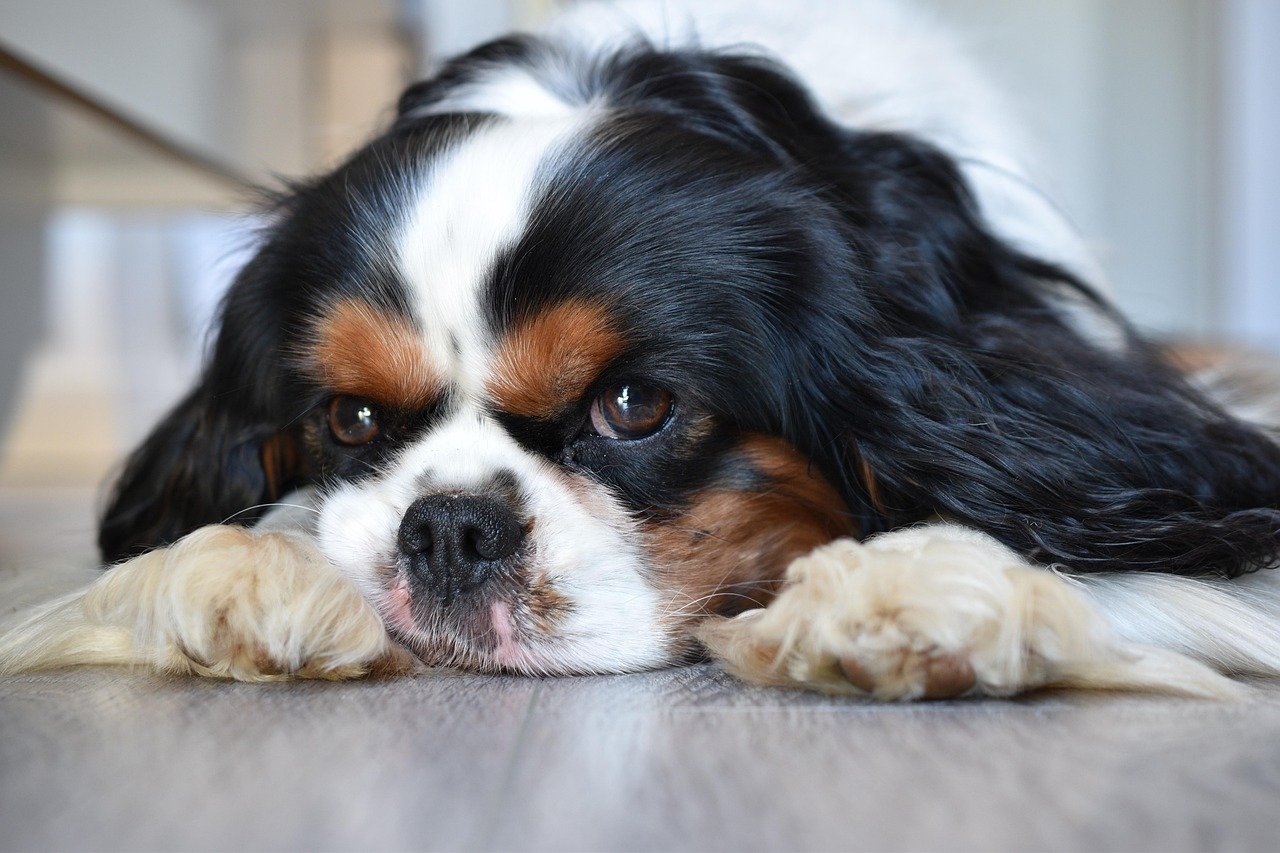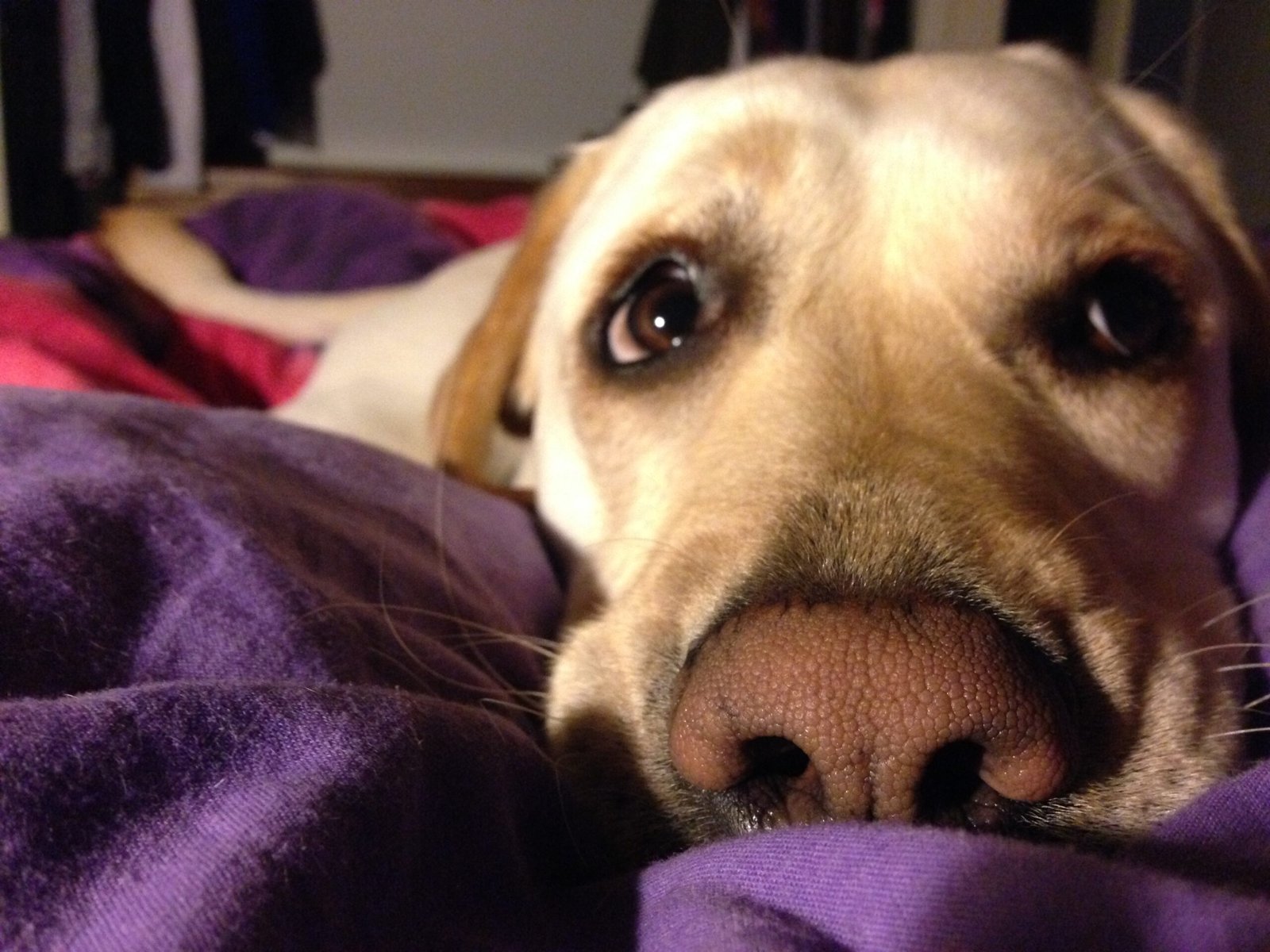Have you ever wondered why your dog prefers watching the world from a distance rather than dashing into the action at the park? It’s a surprising truth: just like people, some dogs are natural introverts. These gentle souls thrive in quiet moments, find crowds overwhelming, and express their affection in the softest ways. If your furry friend isn’t the life of the dog party, don’t worry—being an introvert is perfectly normal for dogs, too! Recognizing these subtle signs can help you support your dog’s unique personality, making their world feel safe, loved, and truly understood.
1. Preferring Solitude Over Playdates
If your dog often chooses to hang out alone instead of joining the energetic pack at the dog park, it’s a classic sign they lean toward introversion. While outgoing pups may rush to greet every new face, introverted dogs might linger on the edges or even retreat in the presence of too many playmates. This isn’t about fear—it’s a simple preference for peace and personal space. Think of a person who loves a cozy night in rather than a wild party. If your dog seems happiest when it’s just you and them, honor that need for solitude. Let them enjoy their own company, and don’t force them into social situations that cause stress.
2. Sensitive to Loud Noises and Crowds
Introverted dogs often react strongly to loud sounds or bustling environments. Fireworks, thunder, or even a crowded family gathering might send them scurrying to a quiet corner. These dogs absorb the energy around them, and too much stimulation can overwhelm their senses. You might notice trembling, flattened ears, or a tucked tail when things get noisy. To support your dog, create a safe haven at home with soft bedding and their favorite toys. Allow them to retreat there whenever things get too rowdy—think of it as their personal sanctuary.
3. Observing Before Engaging

One of the most charming traits of an introverted dog is how they like to watch before they dive in. At the dog park or during a walk, they might pause and observe other dogs or people from a distance. They’re sizing up the situation, making sure it feels safe before stepping in. This careful approach isn’t shyness—it’s thoughtful curiosity. Give your dog time to warm up to new experiences. Allow them to approach new people or dogs at their own pace, without pressure or expectation.
4. Shying Away from Strangers

Does your dog hide behind your legs or avoid eye contact when meeting someone new? Many introverted dogs are cautious around strangers, needing more time to build trust. Instead of bounding up for a belly rub, they might quietly observe or even walk away. This isn’t rudeness—it’s their way of protecting their emotional comfort. Respect their boundaries and let guests know to allow your dog to come to them when ready. Patience and a soft voice go a long way in earning an introverted dog’s affection.
5. Enjoying Quiet Activities

Introverted dogs often find joy in peaceful activities like sniffing the garden, lounging in a sunbeam, or curling up with you on the couch. High-energy games or roughhousing may not be their cup of tea. Instead, they savor the simple pleasures—a gentle walk, a slow-paced game of fetch, or just resting close by. To nurture their quiet nature, build routines around calm activities and offer plenty of downtime. This helps them feel balanced and content.
6. Disliking Being the Center of Attention

Not every dog loves a birthday hat or being the star of an Instagram story. Introverted pups might shy away from situations where all eyes are on them. Even praise and petting can feel overwhelming if it comes in an excited burst. If your dog ducks away when the focus is on them, they may prefer more subtle forms of affection. Show your love in gentle ways—soft words, slow strokes, or a quiet presence—so your introverted buddy feels loved without the spotlight.
7. Slow to Warm Up to New Environments

Change can be tough for introverted dogs. When introduced to a new place—like a friend’s house, a new park, or even a different room—they often take their time exploring. You might notice your dog sniffing every corner or sticking close to your side until they feel safe. Rushing them can increase anxiety, so give your dog time to adjust. Bring along familiar items, like a favorite blanket or toy, to help them feel secure in new surroundings.
8. Selective with Their Canine Friends
Unlike social butterflies who love every furry face, introverted dogs are choosy about their friends. They may form deep bonds with just one or two dogs, ignoring or avoiding others. This doesn’t mean they’re unfriendly—just that they value quality over quantity. Watch for signs of comfort, like relaxed body language and gentle play, when they’re with their chosen pals. Arrange small, calm playdates rather than chaotic group gatherings to honor their preferences.
9. Calming Themselves with Self-Soothing Behaviors
When things get overwhelming, introverted dogs often turn to self-soothing behaviors. You may see them licking their paws, gently chewing on a toy, or retreating to a quiet spot. These actions help them manage stress and recharge. If you notice these behaviors, check for potential stressors and adjust the environment as needed. Provide comforting routines and safe spaces so your dog can decompress whenever life feels too much.
10. Hesitant to Try New Things

Novelty can be daunting for introverted dogs. Whether it’s a new toy, a different walking route, or an unfamiliar person, they often approach with caution. You might see them sniffing, pausing, or even backing away before eventually investigating. Celebrate their small steps, and never force them into situations before they’re ready. Gentle encouragement and positive reinforcement can help your dog build confidence at their own pace.
11. Reluctant to Be Petted by Strangers

Some dogs love a good belly rub from anyone, but introverted dogs often prefer affection from their trusted humans. When a stranger reaches out to pet them, they may move away or look uneasy. This isn’t a sign of aggression, but a need for emotional safety. Let your dog set the pace for interactions, and teach others to respect their space. Over time, your dog may become more comfortable, but it’s always their choice.
12. Following You Quietly Around the House
If your dog is always close by but rarely demands attention, it’s a sweet sign of introversion. They might quietly follow you from room to room, content just to be near you without needing constant engagement. This silent companionship is a hallmark of their personality—they love you deeply but on their own gentle terms. Offer soft words and casual affection throughout the day to reassure them of your bond.
13. Seeking Out Hideaways
Introverted dogs often have favorite nooks and crannies where they retreat when they need a break. Under the bed, behind the couch, or in a cozy crate—these hideaways are their safe zones. If your dog disappears during a noisy party or thunderstorm, they’re simply seeking comfort in solitude. Make sure these spots are always accessible, and never drag your dog out. Instead, check in with a loving word and let them emerge when they’re ready.
14. Reacting Strongly to Overstimulation

You might notice your dog becoming agitated, pacing, or whining when there’s too much going on. Overstimulation is common for introverted dogs, and their reactions are their way of saying “I need a break.” Watch for these cues and remove your dog from stressful situations as soon as possible. A quiet walk or a cuddle in a calm spot can help them reset and feel safe again.
15. Showing Affection in Subtle Ways

Introverted dogs express love differently than their outgoing counterparts. Instead of jumping, licking, or barking with excitement, they offer gentle nuzzles, soft eye contact, or a warm body pressed quietly against you. These subtle signs are their way of connecting, every bit as meaningful as an exuberant greeting. Pay attention to their unique language of affection, and respond with patience and understanding.
If you recognize your dog in these signs, remember: their quiet nature is a gift. Supporting an introverted dog is about honoring their boundaries, celebrating their gentle ways, and creating a world where their sensitive spirit feels safe and cherished. Isn’t it amazing how our dogs teach us the beauty of quiet connection?
Jen is a passionate nature lover and ocean conservationist. She has dedicated her life to protecting the environment and preserving the beauty of the natural world. Growing up in a small coastal town, Jen sincerely appreciated the ocean and its inhabitants. She has spent countless hours exploring the shoreline, learning about the creatures that inhabit the waters, and advocating for their protection. Jen is an active member of ocean conservation organizations, and she is committed to educating the public about the importance of conserving wildlife and the natural environment.





